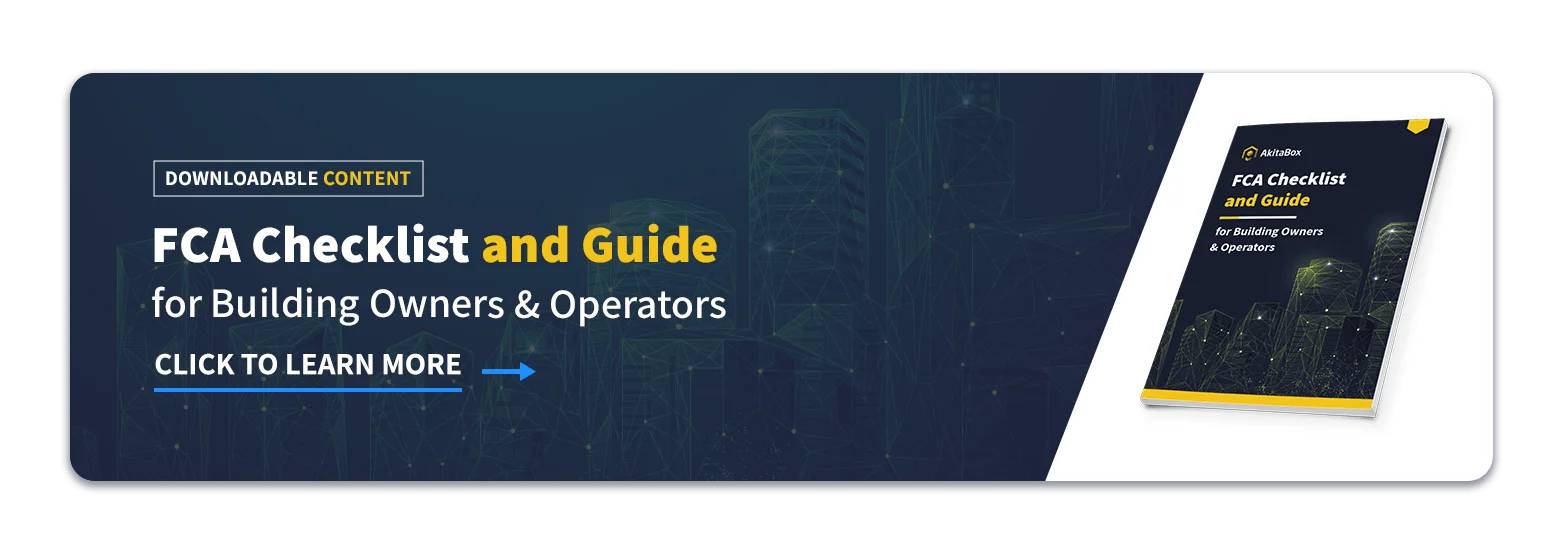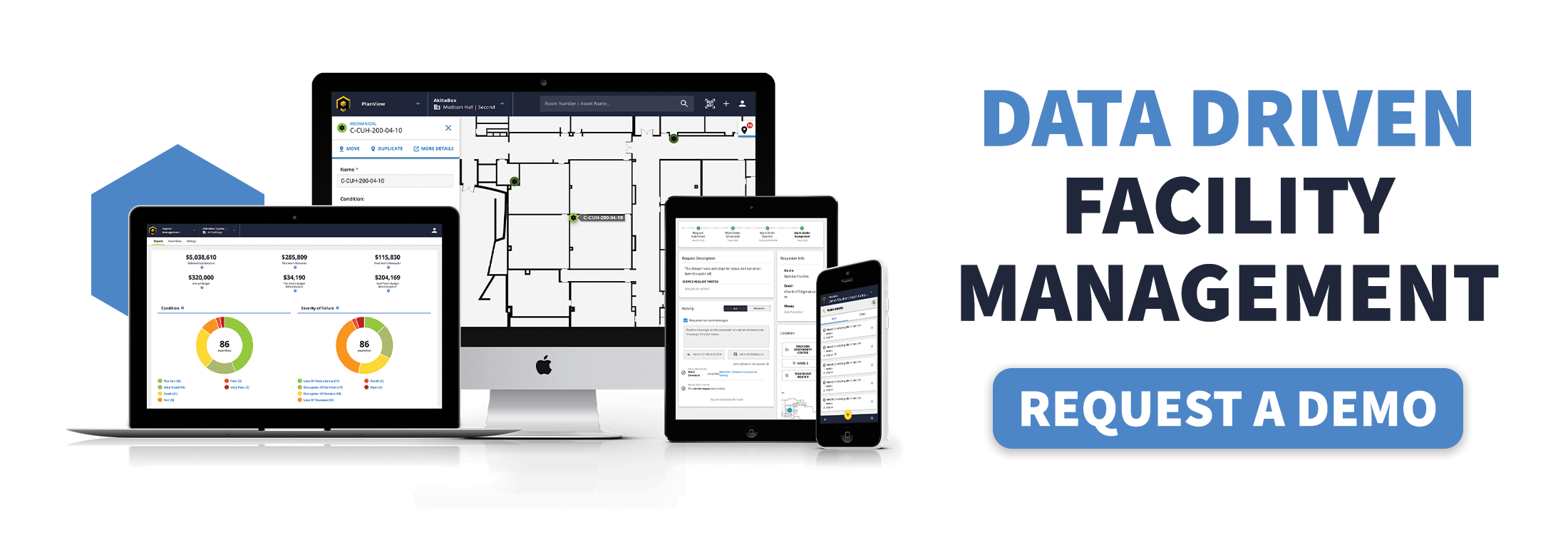Every campus has a story to tell—not just in its classrooms and lecture halls, but in its aging pipes, worn-out HVAC systems, and decades-old electrical infrastructure. Meanwhile, every school year brings higher ed facilities closer to needing major repairs and renewal. With the average campus asset being 62 years old and energy-inefficient assets wasting 30-50% more in operating costs, it’s easy to see why major renewal expenditures are becoming even more nonnegotiable in higher ed budgets.
The planning that goes into replacing major components of your infrastructure isn’t something you can leave to the last minute. With construction costs soaring to as high as $316 per square foot in some locations in 2024 — a figure that continues to climb — proactive capital planning is essential. It typically takes years of preparation to allocate the needed funds, making accurate forecasting for asset repair and replacement even more critical. Without this foresight, facilities risk deteriorating to the point where total rebuilding becomes the only option, a scenario that demands far greater resources and creates more significant operational disruptions.
These 3 steps can help ensure you have budget dollars already in place by the time your next round of major replacements comes due.
STEP 1: IDENTIFY
What will I need to replace?
You can’t begin to build a budget if you don’t know what needs to be replaced. Start by going through all of your major assets. Which ones are approaching the end of their life? Where are they in their life cycles? How soon before they reach end of life?
Create a list of all assets that should be replaced in the next 5-8 years (or whatever time frame makes sense based on your organization’s budget cycle). Then sort them by whether they are close to, already at, or past their expected end of life (this will come in handy during step 3).

STEP 2: ASSIGN
How much will this cost me?
Now that you know what needs to be replaced, you need to determine how much each replacement will cost. This step will require some research. You want to find out how much it will cost to replace your current asset with the same or similar asset at current market prices.
Say you have a building containing two chillers. They’re both approaching the end of their lives and will need to be replaced. You look up what that model of chiller costs on the manufacturer’s website and see that each one is $80,000. You add that cost next to each chiller on your master list of assets you created in step 1.

STEP 3: PRIORITIZE
What’s most important?
Considering you have hundreds of assets to replace in the coming years, prioritizing what should be replaced first can help you budget more accurately and plan ahead on what labor, timing, and potential closures will be needed.
If you’ve read this far, you can see that none of this is rocket science. It really comes down to common sense and knowing what’s going on throughout your facilities.
Paper Records Present Additional Challenges
Gathering essential data on aging facilities is often easier said than done. Twenty years ago, everything was done on paper. Your older buildings probably only have paper floor plans, making mapping exactly where aging assets live more of a challenge.
Older assets most likely have paper manuals that don’t exist online and can’t be pulled up with a simple internet search like the digital manuals for newer assets. And don’t forget any historic preservation to take into account. There’s a good chance that information is also paper-based and tucked away in a drawer somewhere.
While paper has its uses, today’s world is digital. Paper-based facilities information isn’t nearly as easy as digital data to access, search, or store.
Transitioning your paper records into a digital system can ease the work of capital planning and budgeting tremendously for years to come. And since you’ll have to dig up all of those paper records anyway as part of your capital planning process, it’s the perfect time to make the move.
Digital Data – The Secret Weapon for Effective Capital Planning
The key to budgeting for asset replacement is reliable facilities data. Not only does accurate, comprehensive data give you all the information you need to create and prioritize a budget, it also helps key stakeholders and campus leaders understand why you’re making certain budget recommendations and come to an agreement based on data – not emotions or politics.
If your facilities data is outdated, decentralized, paper-based, or incomplete, you’re going to have an extremely tough time preparing for inevitable asset replacements.
In that case, your step 1 should actually be to invest in facilities management and capital management software.
The AkitaBox software suite includes data collection, asset management, maintenance management, and capital management tools that house all the facilities data you need (in a slick, digital format) to identify which assets need replacement, assign costs, and prioritize spending.

AkitaBox Capture is an easy-to-use mobile app for collecting facilities data. Gather up-to-date information on your assets and envelope that can support smarter repair and replacement decisions. And because Capture is built in to the AkitaBox platform, all of the data you collect feeds into the rest of your facilities management actions within AkitaBox.
AkitaBox Asset Management software holds the location and current condition of every asset on your campus, while the CMMS tracks the reactive and preventive maintenance history of each asset. You can see exactly what assets you have, where they are, how old they are, how well they’re holding up, and how soon they’ll need replacing.
AkitaBox Capital Management software makes assigning costs easy. It’s connected to Gordian’s RS Means cost database, so you can automatically pull up an industry-standard replacement cost for any asset. You can also customize costs based on your experience and any local factors you know about (maybe you know someone just replaced a particular item down the road and it cost them x dollars).
Beyond that, AkitaBox Facility Condition Assessment software ties in as well, allowing you to incorporate the results of your last capital needs assessment into your overall facilities data. Knowing the current condition of any assets that are coming due for replacement can be a big help when prioritizing items for replacement. If you have two similar assets, but one is in much better condition than the other, you can feel confident in replacing the other asset first.
See for yourself how facilities management software from AkitaBox can take away the stress of capital budgeting.
Using Facility Management Metrics to Support Capital Planning
Capital Budgeting Process: Why Your Data is Failing You
3 Ways an FCA Enables Better Capital Planning
4 Facility Management Budgeting Tips in Higher Education
APPA Body of Knowledge: Capital Renewal and Deferred Maintenance


